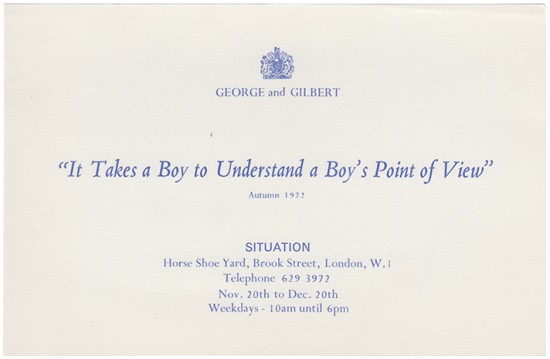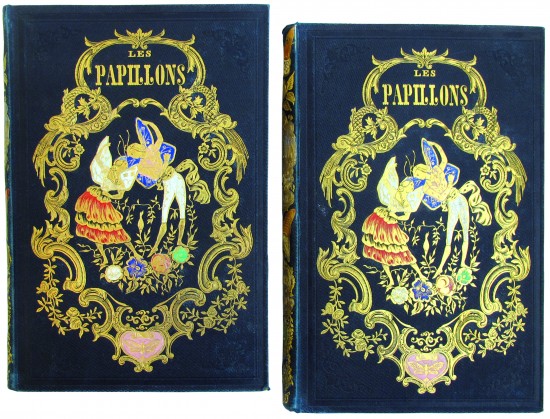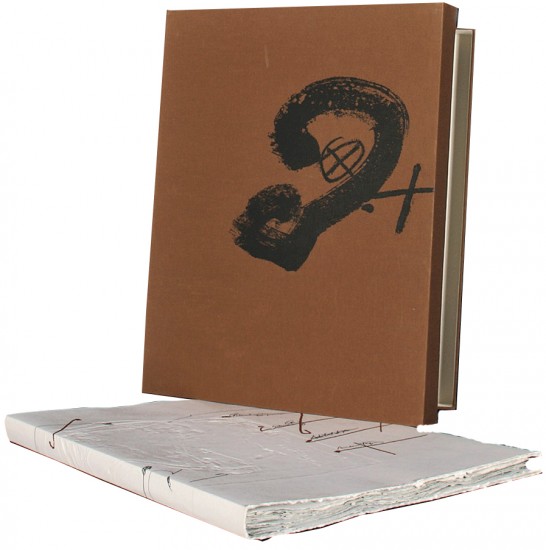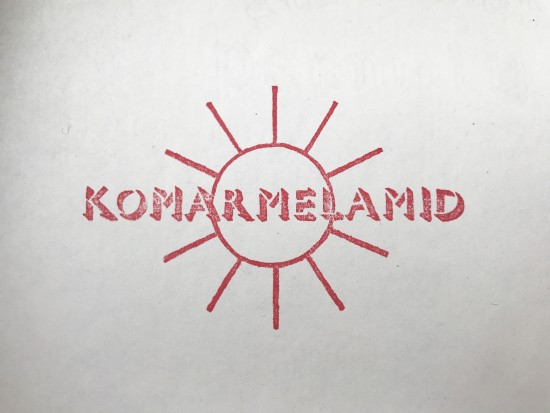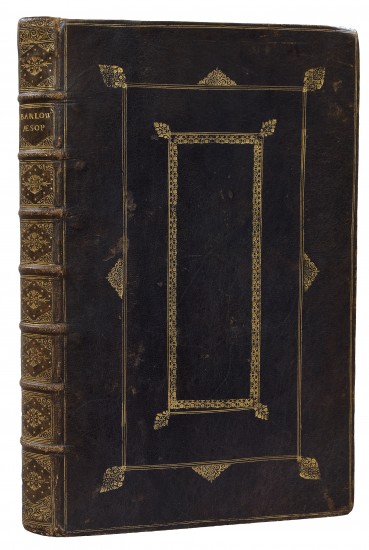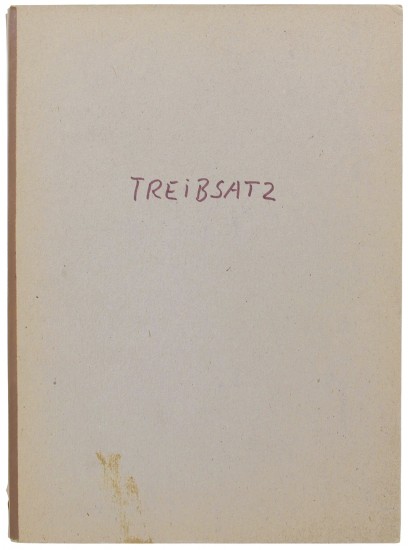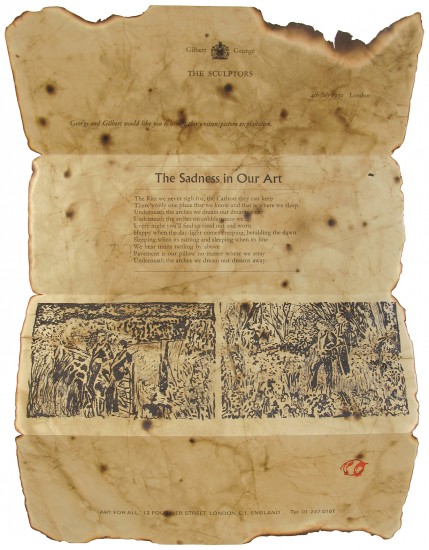Roland Furieux. Poème Héroïque Traduit par A. J. du Pays et Illustré par Gustave Doré
Doré, Gustave. Arioste (Ludovico Ariosto)
Paris. Librairie Hachette et Cie. 1879
Sold
A superb large paper copy on Chine, bound by Martin, and with a large signed drawing by Doré.
From the édition de tête of 105 copies, with this one of 40 on Chine, a nominatif example printed for 'Louis Bréton'; Doré's large signed drawing is for page 65.
This was the final classical work illustrated by Doré. The artist died of a heart attack in 1883, at the age of 51. In Roland Furieux Doré reaches to the depths of his imagination: battles, monsters, epic loves and drama are conjured up in magnificent detail in his illustrations. The image of Roger rescuing Angélique was directly inspired by Ingres' painting which hangs in the Louvre.
Ludovico Ariosto (1474 - 1533) wrote this, 'Orlando Furioso' (or 'Roland Furieux' in French), his most famous work, between 1506 and 1532. The first forty cantos were published in 1516, before Ariosto revised and embellished the work for a second edition in 1521. The final edition was published shortly before Ariosto's death in 1532 with a total of forty-six cantos; it was this edition that was to assure Ariosto's legacy as the composer of one of the great literary epics in verse and that was to have a profound effect on European literary history.
The list of those influenced by Ariosto's great imagination and fantastical scenarios is a long one and stretches from Ariosto's near contemporary Tasso in Italy, to Spenser and Shakespeare in England, Cervantes, Góngora and Lope de Vega in Spain, to the Modernists Italo Calvino and Borges. Byron, whose own epic Don Juan was also written in ottava rima, is considered by many to be the closest to Ariosto in terms of sympathy, imagery and irony.
From the édition de tête of 105 copies, with this one of 40 on Chine, a nominatif example printed for 'Louis Bréton'; Doré's large signed drawing is for page 65.
This was the final classical work illustrated by Doré. The artist died of a heart attack in 1883, at the age of 51. In Roland Furieux Doré reaches to the depths of his imagination: battles, monsters, epic loves and drama are conjured up in magnificent detail in his illustrations. The image of Roger rescuing Angélique was directly inspired by Ingres' painting which hangs in the Louvre.
Ludovico Ariosto (1474 - 1533) wrote this, 'Orlando Furioso' (or 'Roland Furieux' in French), his most famous work, between 1506 and 1532. The first forty cantos were published in 1516, before Ariosto revised and embellished the work for a second edition in 1521. The final edition was published shortly before Ariosto's death in 1532 with a total of forty-six cantos; it was this edition that was to assure Ariosto's legacy as the composer of one of the great literary epics in verse and that was to have a profound effect on European literary history.
The list of those influenced by Ariosto's great imagination and fantastical scenarios is a long one and stretches from Ariosto's near contemporary Tasso in Italy, to Spenser and Shakespeare in England, Cervantes, Góngora and Lope de Vega in Spain, to the Modernists Italo Calvino and Borges. Byron, whose own epic Don Juan was also written in ottava rima, is considered by many to be the closest to Ariosto in terms of sympathy, imagery and irony.
pp. VIII, 658. Large folio. (498 x 330 mm). Leaf with bound-in original drawing on card, signed 'G. Doré' at lower right and annotated ' ' at foot, leaf with half-title recto, monochrome frontispiece verso, printed title in red and black with vignette, leaf with 'Exemplaire réservé, imprimee pour / Louis Bréton' recto, four leaves with 'Notice Biographique et Littéraire' by A. J. du Pays with head- and tail-piece and Ariosto's text in French with illustrated chapter title for each 'chant', 82 hors-texte monochrome plates and and more than 450 vignettes, text illustrations and head- and tail-pieces, complete with initial and final blank leaves and justification; all of the illustrations are wood-engravings after Gustave Doré. Scarlet half morocco by Pierre-Lucien Martin with his signature gilt, marbled boards, banded spine with gilt titles in six compartments, marbled endpapers, matching white wool-lined marbled board slipcase.
#47220


